In the 1980s, besides tin-glazed earthenware, products that were apparently made of porcelain were found among the production waste at the sites where the Delft delftware producers Het Gecroond Porselein (1645-1753) and De Vergulde Boot (1612-1770) used to be. What is the nature of this ‘porcelain’ and how can we make sense of these archaeological artefacts?
Colour samples
In the book ‘White Delft. Not just blue’ there is a picture of white and blue colour samples of the Delft pottery Het Gecroond Porselein: glazes with pigments were applied to small convex discs of clay to test the colours, as well as the thickness and plasticity of the glazes (main image). Samples in other colours were also found at the same site.
Among the waste of Het Gecroond Porselein a group of ‘porcelain’ knobs was found (fig 2); apart from knobs coloured like the samples in the main image, there are also painted and undecorated ones. The biscuit ware in the same find was handed over to the archaeological department of the city of Delft. The site yielded no other types of ceramics.
Interestingly, comparable objects, found at the location of De Vergulde Boot, show that several delftware producers used the same colour palette.
Walking stick knobs
When considering what these objects were for, the first thing that comes to mind is that they are knobs for walking sticks (fig. 3). Walking sticks with, especially, ivory knobs, but also with gold, silver and porcelain ones, were imported from Asia by the VOC. Several examples of ivory knobs for walking sticks have been found in Dutch soil and we also come across them in paintings.
In his ‘Porcelain and the Dutch China trade’ Christiaan Jörg mentions that according to VOC sources the VOC only imported Chinese porcelain walking stick knobs in 1737 and 1743; these were decorated with underglaze blue (figs 3 and 4), Chinese imari , coloured enamels and dark-blue glazing . As to the scarcity of VOC imports of porcelain knobs, it is possible that private individuals also shipped them to the Netherlands in the eighteenth century.
Considering that archaeological fragments of such knobs are almost non-existent and that there is only one example in a Dutch archaeological collection (fig 5), we may wonder if porcelain knobs were ever really popular.
A comparison
However, what are these decorative pieces doing among the production waste of a Delft pottery? We compared the Delftware production waste with 54 walking stick knobs from various Dutch museums: 19 from China, and the rest, among which 19 ‘pâte tendre’ knobs from the St. Cloud factory near Paris, from Europe.
Unlike the pieces of ‘experimental’ material from Delft soil, there are no polychrome examples in the museum collections, only blue-and-white ones. The knobs from Paris and China have a narrow shaft widening into a clearly rounded top . The blue-and-white Delft production waste pieces are not as convex and slightly straighter (fig 6), but still, also because of their comparable decorative bands and the flower decorations on the head, they seem to be imitations of Chinese/French examples.
The first thing one notices about the group of monochrome knobs from the archaeological finds is how similar the colours are to those in the colour samples. Further investigation reveals that
- the coloured glazes did not always turn out successfully
- the knobs from either find differ considerably in size and form
- that this also goes for the holes in which the stick was to be inserted, which are either cylindrical, triangular, squeezed or square
So we may ask if these pieces were really meant for walking sticks or if they were just experiments; perhaps their main purpose was to test colours on a new type of material (possibly made elsewhere).
Early porcelain in the Netherlands
With the arrival of industrial earthenware from England and the introduction of European porcelain from Meissen in Germany, the Delft potters had problems selling their wares. So they had to branch out: one possibility was painting undecorated Chinese porcelain with over-glaze enamels, examples of which, however, have not been found at the delftware production waste sites. Another possibility was experimenting with various types of ceramics, like with, going by the archaeological finds we discussed, the production of (soft-paste) porcelain.
In 1753 Het Gecroond Porselein closed down; therefore the colour samples and ‘porcelain’ knobs from this site must date from before 1753. The knobs may have been made of earthenware with kaolin on site, or they may have been undecorated imports, although the deformed examples found at the site plead against the latter explanation. Actually, if the knobs were the results of (unsuccessful) experiments to develop porcelain, they were done long before the first Dutch porcelain factory was founded.
In conclusion
There are still many questions concerning the finds from Het Gecroond Porselein and De Vergulde Boot, like was the ‘porcelain’ made on site, or imported, and what was the reason for all those different forms? Another question concerns the connection between the two: did the owner of De Vergulde Boot buy the left-over production material of Het Gecroond Porselein after the latter’s demise in 1753, hence the similarity in production waste?
Also the material of the various objects needs to be further analysed: the weight of the two dark-green knobs, which are both larger and lighter than the blue-and-white objects, suggests that people were experimenting with different clay mixtures.
Comparing the archaeological finds with museum objects is a first step to determining what they are, but more needs to be done. Hopefully our look at the delftware production waste finds will inspire others to further research.

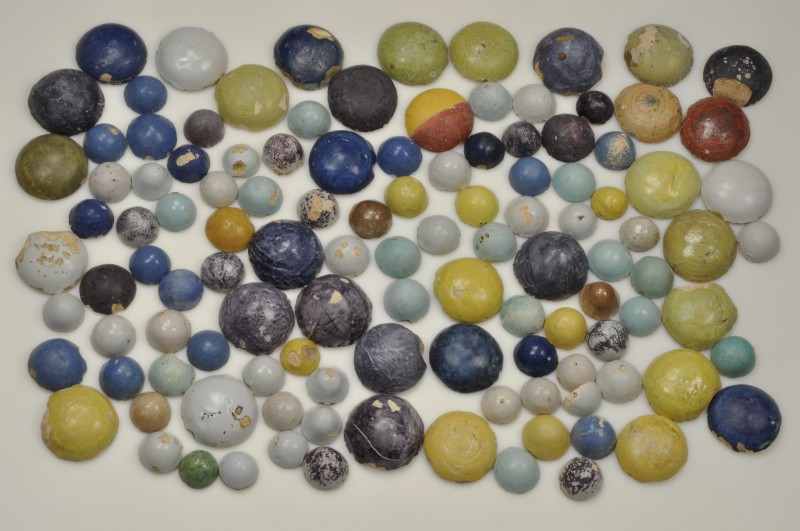
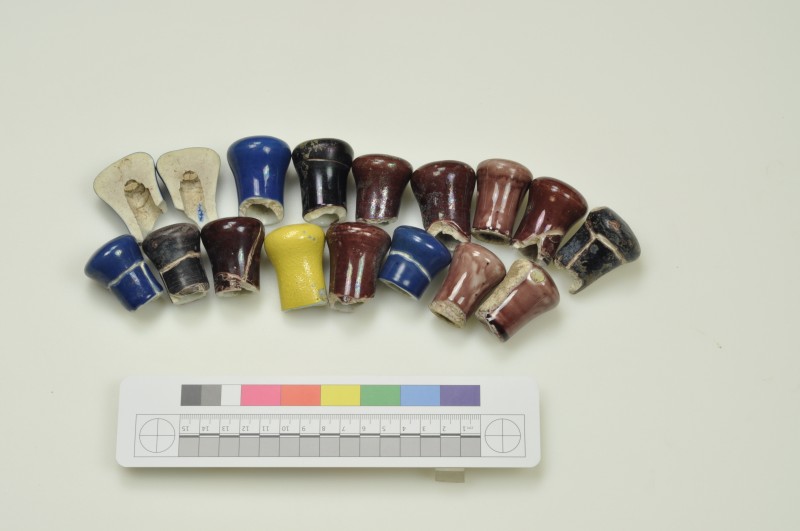

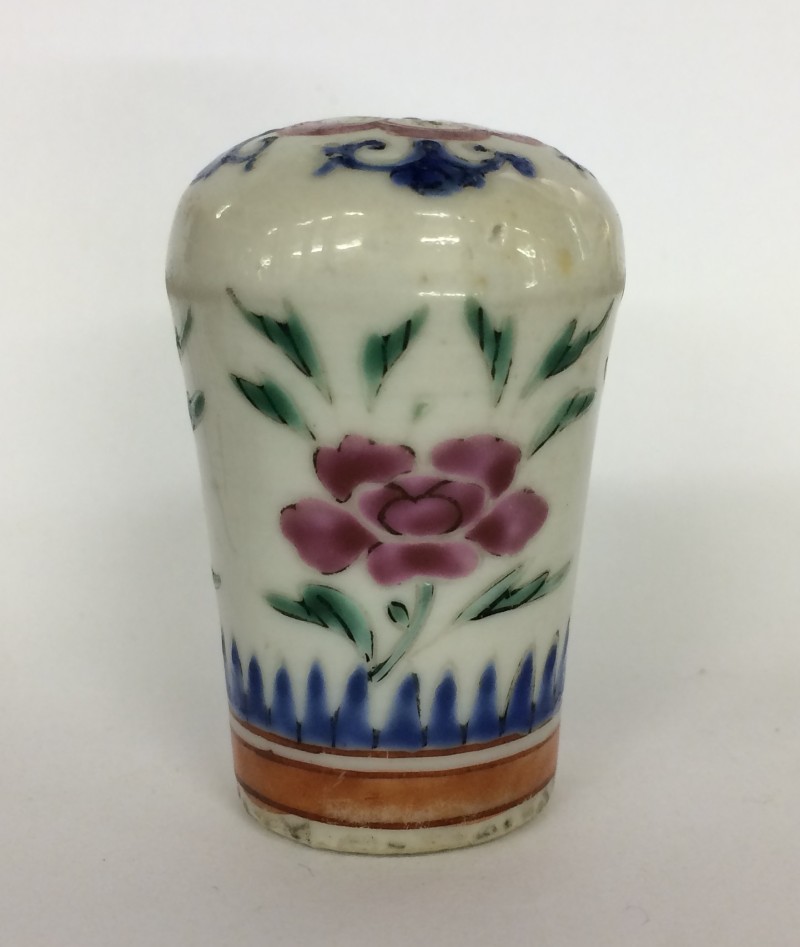
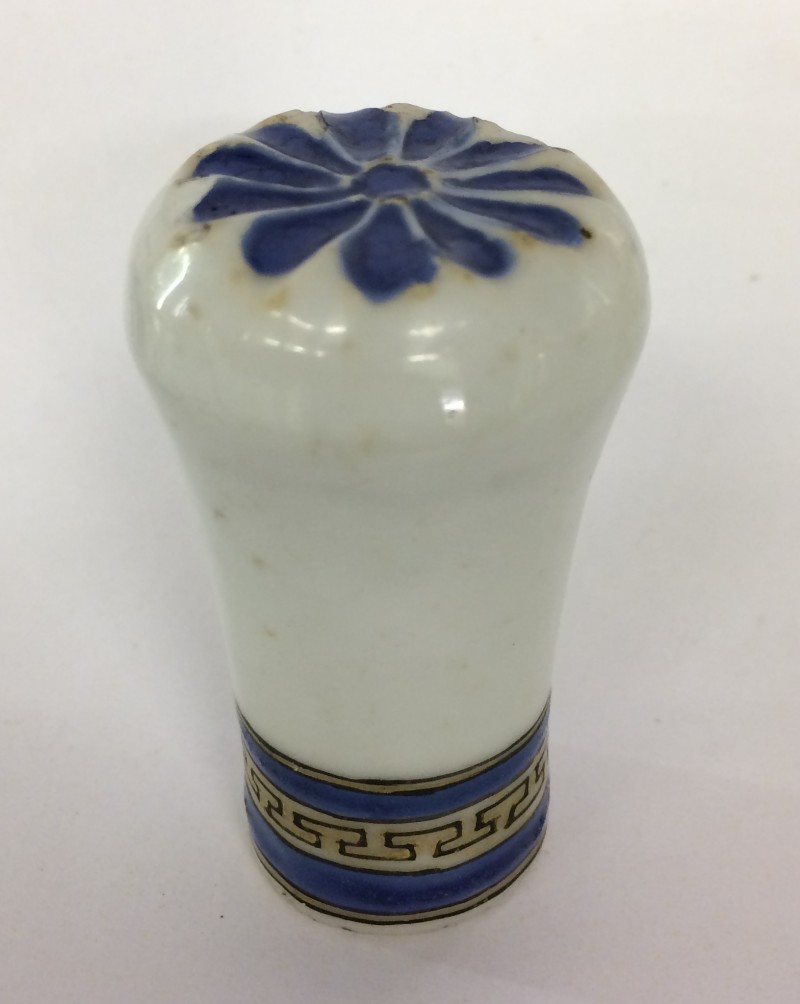
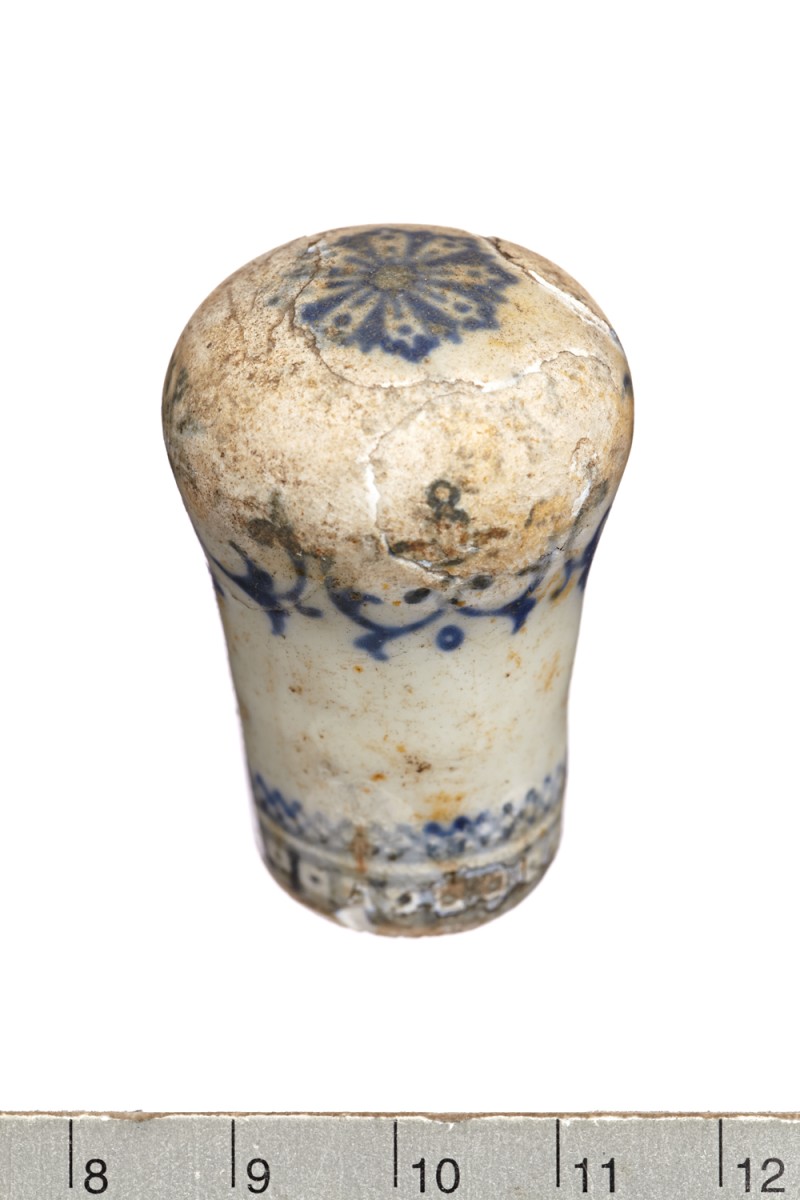
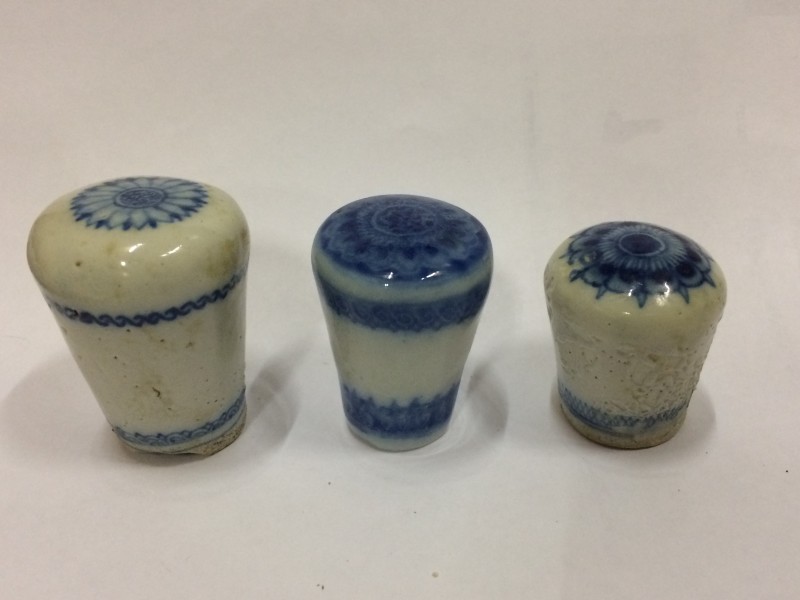
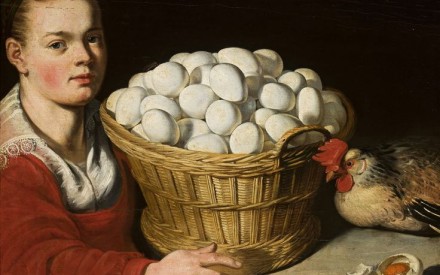
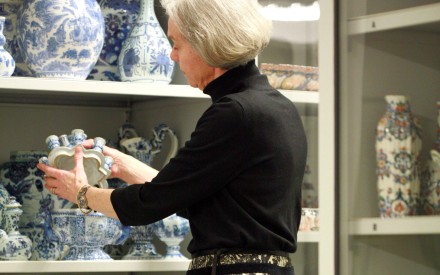
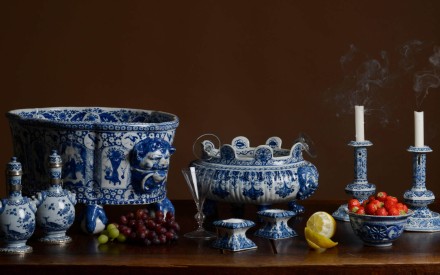
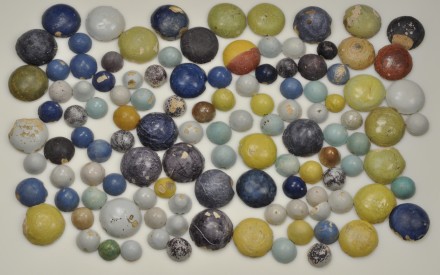

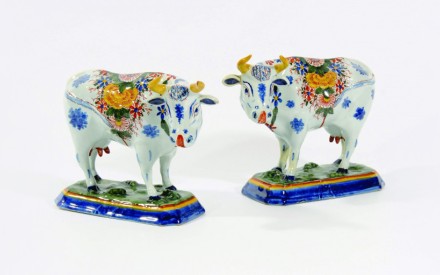
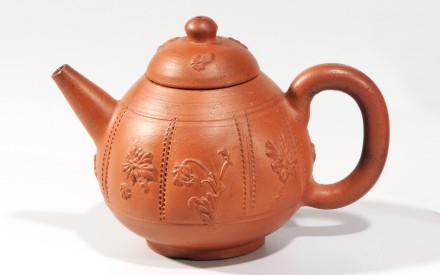









Add new comment
Only logged in users can post comments
Log in or register to post comments